Kitting in 6 steps
A sealant gun is a useful tool for making minor repairs to surfaces such as metal, wood, plastic or concrete. The device consists of a spray gun connected to a cartridge of sealant.
Follow these steps to use a caulking gun correctly:
- Choose the right type of sealant for the job. Different kits are available depending on the material and application.
- Insert the sealant cartridge into the sealant syringe. Cut the spout at an angle to the desired width and puncture the membrane if necessary.
- Make sure the cartridge is properly seated in the syringe and adjust the pressure regulator or lever.
- Press the trigger to let the sealant come out.
- Apply the sealant evenly to the surface by moving the syringe gently.
- Allow the sealant to cure according to the instructions on the package.
Note: Make sure the surface is clean and dry before you start. This promotes the adhesion of the sealant.
What is a good caulking gun?
When choosing a caulking gun, there are several factors to consider:
Type of kit
Not every caulk gun is compatible with every sealant. Make sure the sprayer is compatible with the sealant you want to use (e.g., silicone sealant, acrylic sealant, polymer sealant).
Surface
Make sure the caulk gun is suitable for the material you are working on, such as wood, metal or plastic.
Content
Choose a syringe with a cartridge capacity that fits the size of your job. There are cartridges from a few milliliters to more than 500 ml.
Ease of use
Pay attention to ergonomics and comfort. A good grip and smooth operation make work easier, especially during prolonged use.
Price
Compare prices, but also consider quality. A more expensive syringe may be more durable and precise than a cheap model.
When should I reseal my joints?
The quality of a sealant is determined by several properties:
- Viscosity: how thick or fluid the sealant is. Thicker sealant is harder to work with.
- Adhesion: how well the sealant adheres to the surface.
- Elasticity: how well the sealant moves with you without cracking.
- Curing time: how fast the sealant dries and cures.
- Wear resistance: how well the sealant resists scratching and abrasion.
- Price: more expensive kits are often of better quality, but not always.
- Brand: choose a brand with a good reputation and positive user experiences.

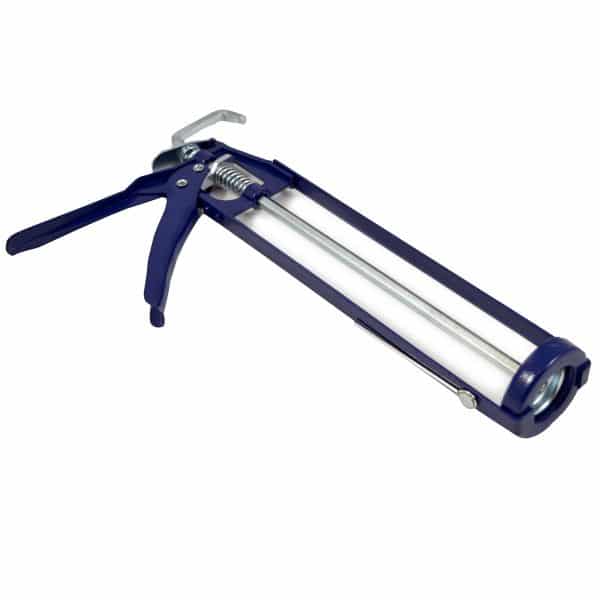
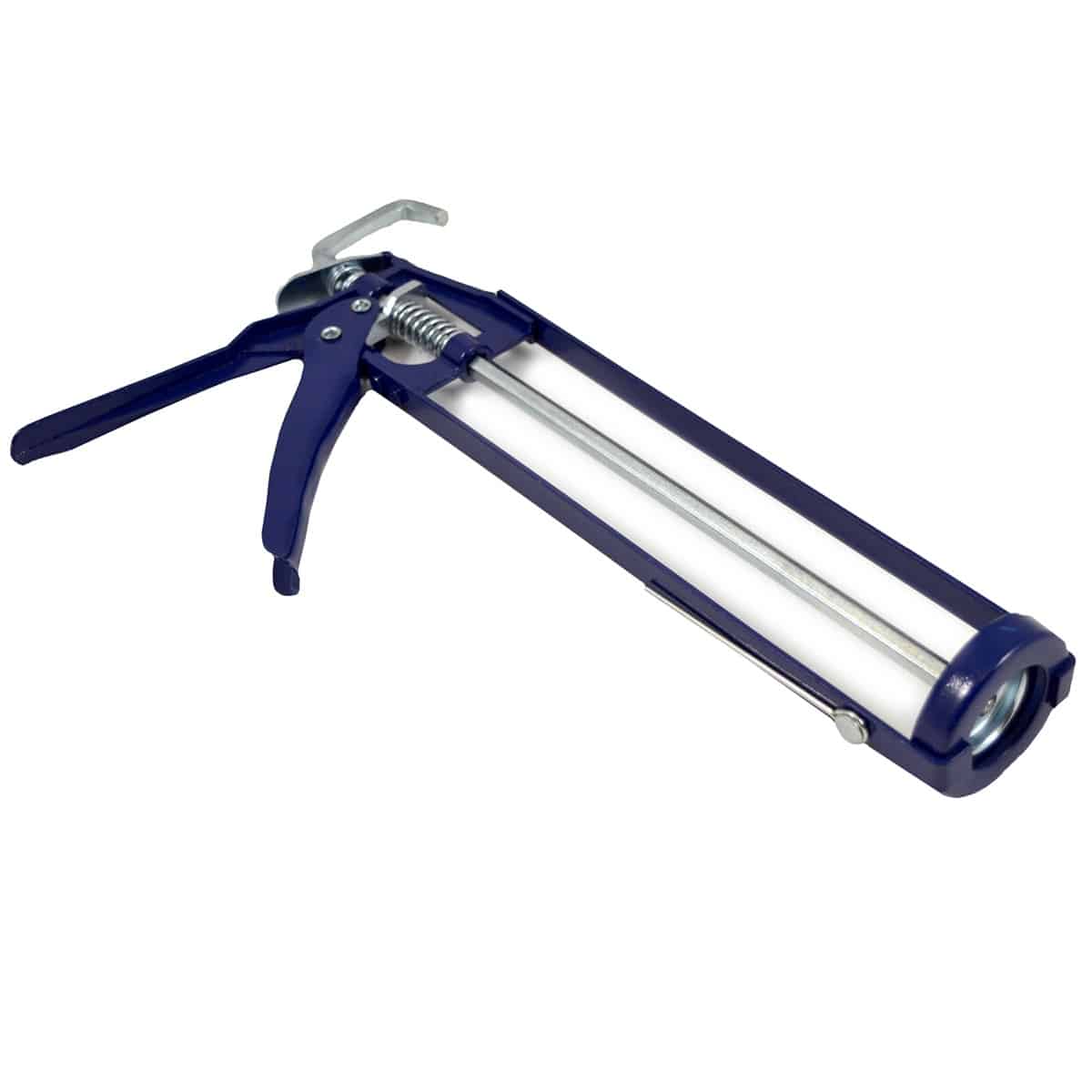
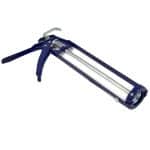
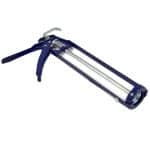
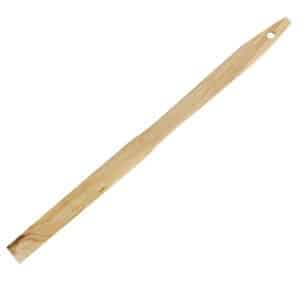
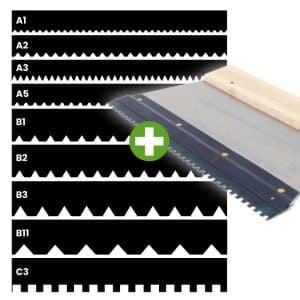

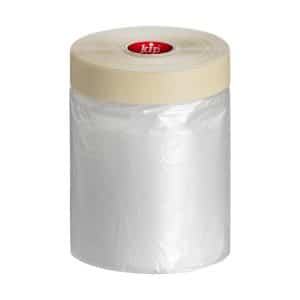
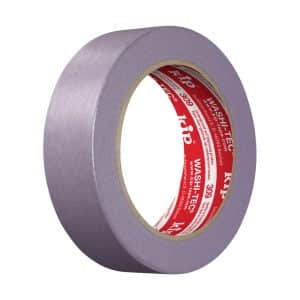
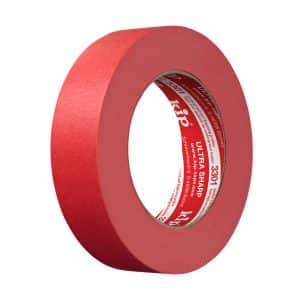
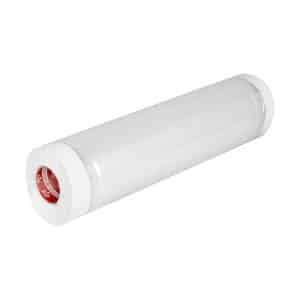
Reviews
There are no reviews yet.